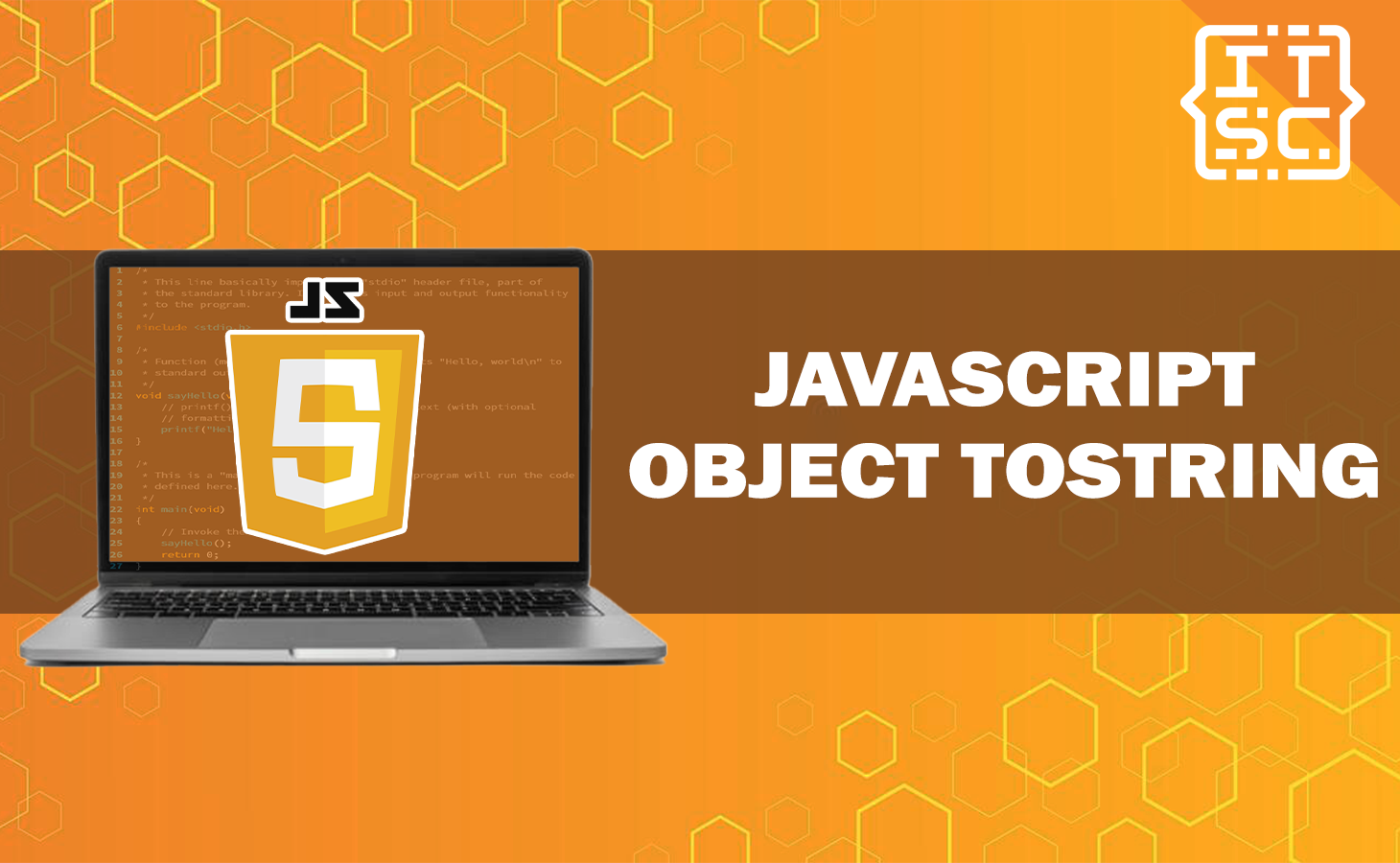The Object.toString() method is a critical utility in JavaScript for converting an object to its string equivalent.
This intrinsic method is important because it is called automatically when tasks like converting an object to a string using String() methods or string concatenation using the + operator are performed.
Object.toString()’s tremendous utility emerges as it captures an object’s essence and reveals it in the domain of strings.
In this article, we will explore the syntax, parameters, and usage of the Object.toString() method in the dynamic world of JavaScript.
What is JavaScript Object.toString()?
In JavaScript, the Object.toString() method is used to convert an object to its string representation.
It is automatically called when you try to convert an object into a string using methods like String() or when using string concatenation with the + operator.
Syntax:
object.toString()Parameters: The Object.toString() method doesn’t take any parameters. It’s a built-in method of the Object prototype, and you call it on an object instance.
Usage: You can call the Object.toString() method on any object to get its default string representation. If needed, you can override this method in your custom objects to provide a more meaningful string representation.
For example:
const myObject = { key: 'value' };
const stringRepresentation = myObject.toString();
console.log(stringRepresentation); // [object Object]
Remember that the default behavior of Object.toString() might not always be very informative, so it’s common to provide a custom implementation for this method in your own classes.
Overriding the toString() method
A custom object’s override toString() method is as follows:
obj.prototype.toString =function()
{
return str;
};- obj: The object that will be shown as a string.
- str: The object’s string representation.
How to use JavaScript Object.toString()?
In JavaScript, the Object.toString() method is used to get a string representation of an object. This method is inherited by all objects from the Object prototype.
It’s important to note that many built-in JavaScript objects override this method to provide more meaningful information when converting an object to a string.
Here’s how you can use the Object.toString() method:
const sampleObject = {
key1: 'Book',
key2: 'Pen'
};
const objectString = sampleObject.toString();
console.log(objectString);
However, if you run this code, you’ll notice that the output might not be what you expect.
The reason is that the default implementation of Object.toString() returns a string that indicates the type of the object, along with some other internal information:
[object Object]If you want to create a custom string representation for your objects, you can override the toString() method for your own objects like this:
function Book(name, color) {
this.name = name;
this.color = color;
}
Book.prototype.toString = function() {
return `Book: ${this.name}, Color: ${this.color}`;
};
const book = new Book('Java', "green");
console.log(book.toString());
In this example, we’ve defined a toString() method for the Book constructor function, which returns a custom string representation of a Book object. When you call toString() on a Book instance, it will output:
Book: Java, Color: greenAnother instance of overriding the toString() method of a custom class is as follows:
//Custom object
function Book(Name,color) {
this.Name = Name;
this.color = color;
}
//Overriding valueOf() method
Book.prototype.toString = function ()
{
return 'Hello! it is '+this.Name;
}
// calling valueOf() method
Book1 = new Book('Itsourcecode!',2);
console.log(Book1.toString());Result:
Hello! it is Itsourcecode!Nevertheless, here are other functions you can learn to enhance your JavaScript skills.
- What is Javascript Array Group by? How To Do It?
- How To Reduce Unused JavaScript?
- Math.trunc JavaScript | Syntax, Parameter, Return Value & Usage
Conclusion
The Object.toString() method appears as a bridge between the tangible and the textual in the rich fabric of JavaScript. It gives items verbal personalities by encapsulating their essence inside the limitations of strings.
We discover the power of this method in shaping the representation of objects in the digital domain as we explore its syntax and functionalities.
By embracing the ability to override this method, we empower ourselves to infuse our own narrative into the strings returned by Object.toString().
As JavaScript evolves, the Object.toString() method remains a vital cornerstone in a developer’s ever-expanding arsenal.
Thus, equipped with this method’s prowess, we go on our coding adventures with a better understanding of how objects work.

